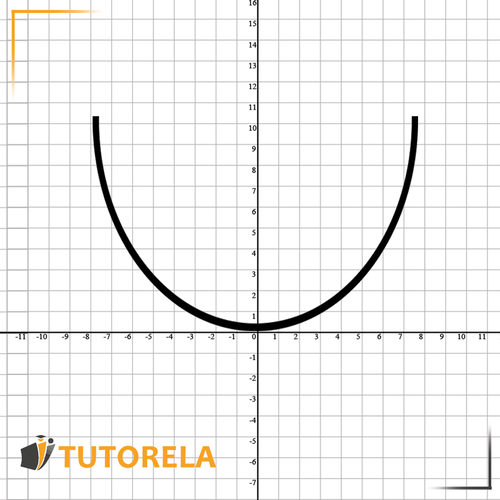The function
the most basic quadratic function:

Master parabola transformations with practice problems covering y=x², y=x²+c, y=(x-p)², and y=(x-p)²+k. Learn horizontal and vertical shifts step-by-step.
the most basic quadratic function:

The family of parabolas
The basic quadratic function – with the addition of
In this family, we are given a quadratic function that clearly shows us how the function moves horizontally – how many steps it needs to move right or left.
represents the number of steps the function will move horizontally – right or left.
If is positive – (there is a minus in the equation) – the function will move steps to the right.
If is negative – (and as a result, there is a plus in the equation because minus times minus equals plus) – the function will move steps to the left.
In this quadratic function, we can see a combination of horizontal and vertical shifts:
: Determines the number of steps and the direction the function will move vertically – up or down.
positive – shift up, negative – shift down.
: Determines the number of steps and the direction the function will move horizontally – right or left.
Find the negative area of the function
\( y=(x+2)^2 \)
One function
to the corresponding graph:
The function given is . This is a quadratic function, a type of parabola with vertex at the origin (0,0), because there are no additional terms indicating a horizontal or vertical shift.
First, note the coefficient of is . A positive coefficient indicates that the parabola opens upwards. The value of means the parabola is relatively narrow, as it is stretched vertically compared to the standard .
To identify the corresponding graph:
Upon examining each graph, you find that option 2 shows a parabola that is narrower than the standard parabola and opens upwards distinctly, matching our function .
Therefore, the correct graph for the function is option 2.
Answer:
2
Find the ascending area of the function
To determine the intervals where the function is increasing, we will analyze the derivative of the function:
Step 1: Differentiate the function.
The derivative of is .
Step 2: Determine where .
To find the increasing intervals, set . Solving this inequality, we obtain .
Therefore, the function is increasing for .
Consequently, the correct answer is the interval where the function is increasing, which is .
Answer:
Find the descending area of the function
To solve the problem of finding the descending area of the function , we follow these steps:
Thus, the descending area (domain where the function is decreasing) for the function is .
The correct choice that matches this solution is: .
Answer:
Which chart represents the function ?
To solve the problem of identifying which chart represents the function , let's analyze the function and its graph:
After inspecting the charts:
Therefore, the chart that represents the function is Choice 4.
Answer:
4
Find the intersection of the function
With the X
To solve this problem, we'll find the intersection of the function with the x-axis. The x-axis is characterized by . Hence, we set and solve for .
Let's follow these steps:
Taking the square root of both sides gives .
Adding 2 to both sides results in .
The x-coordinate is , and since it intersects the x-axis, the y-coordinate is .
Therefore, the intersection point of the function with the x-axis is .
The correct choice from the provided options is .
Answer: